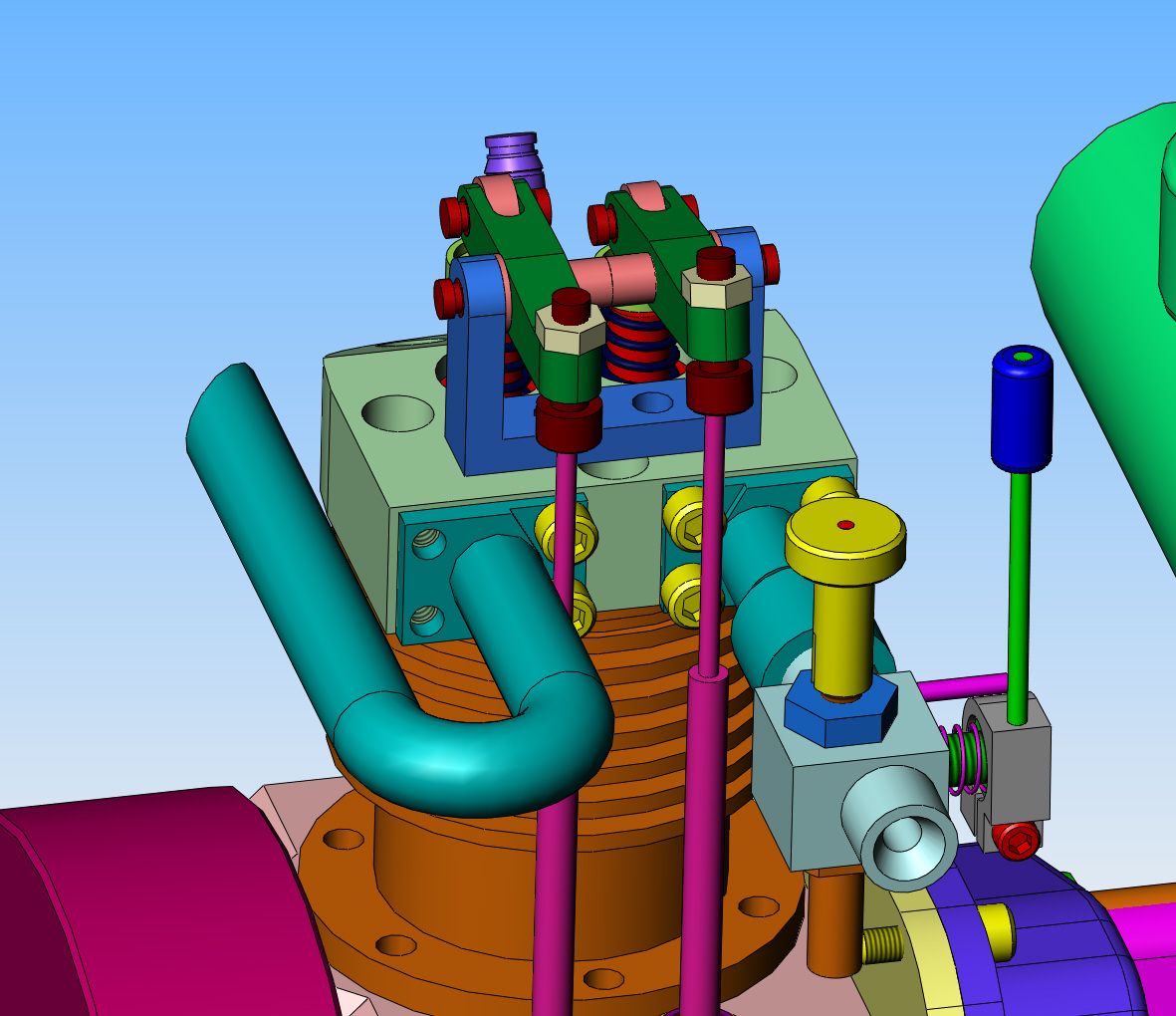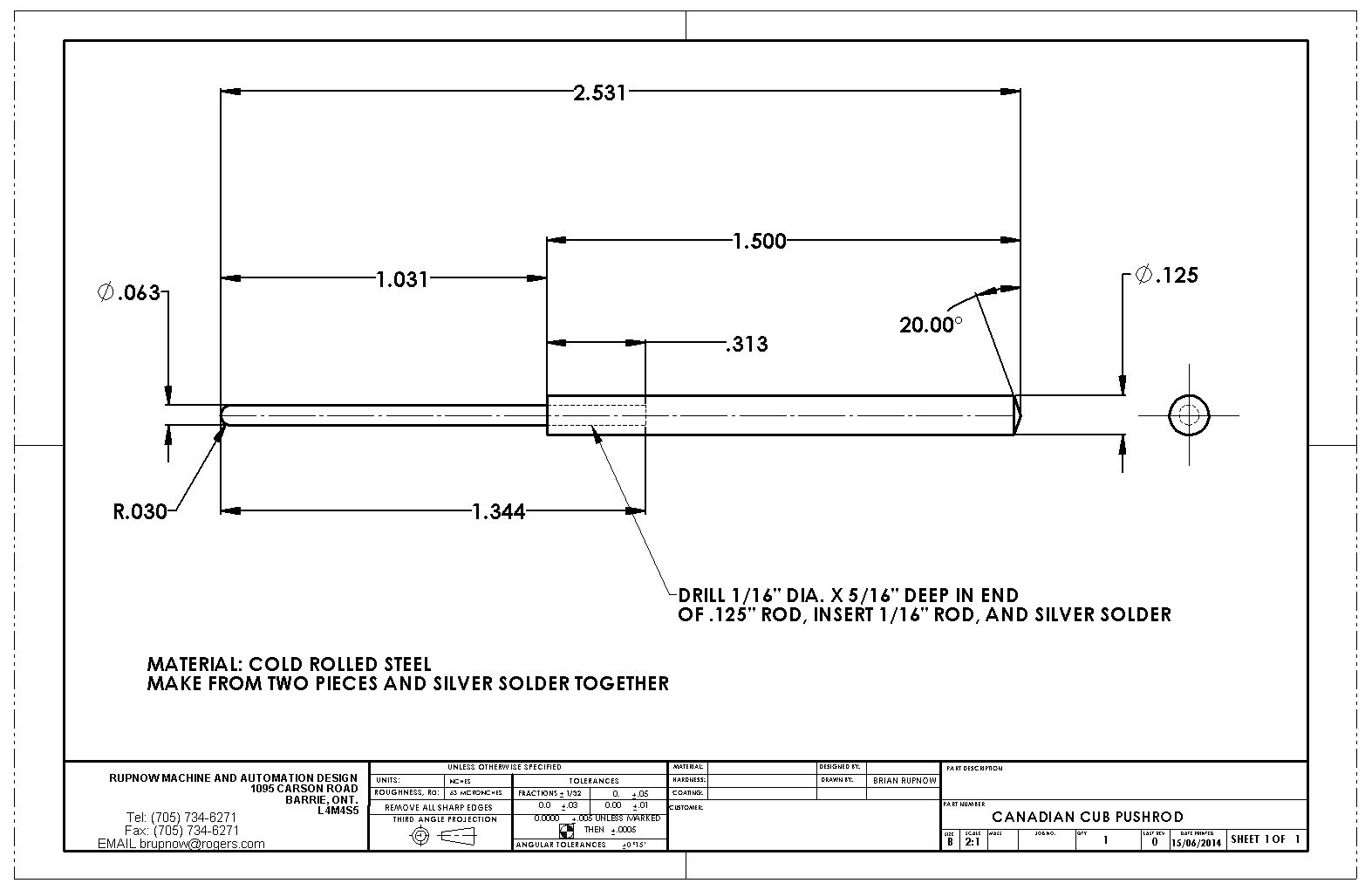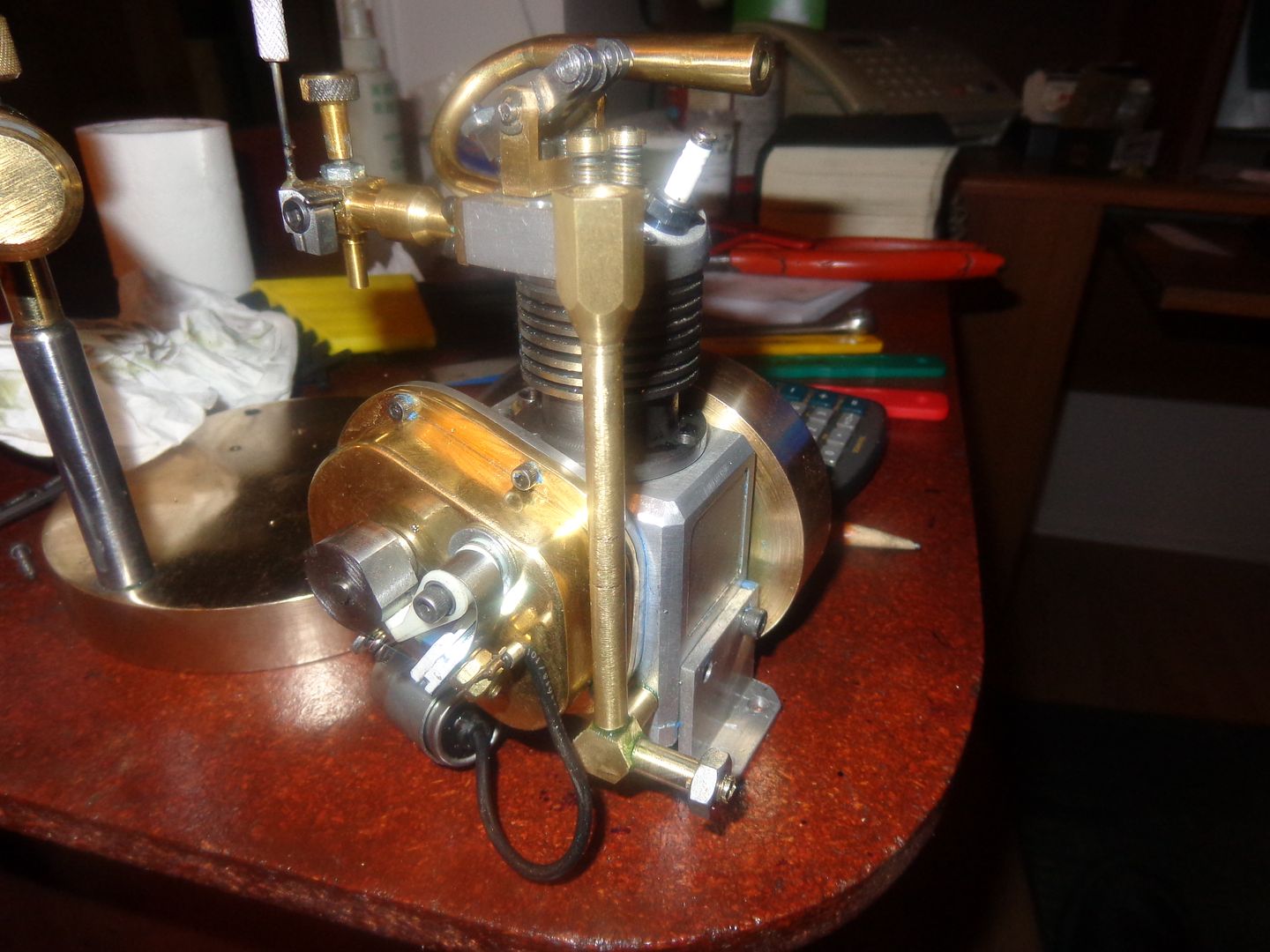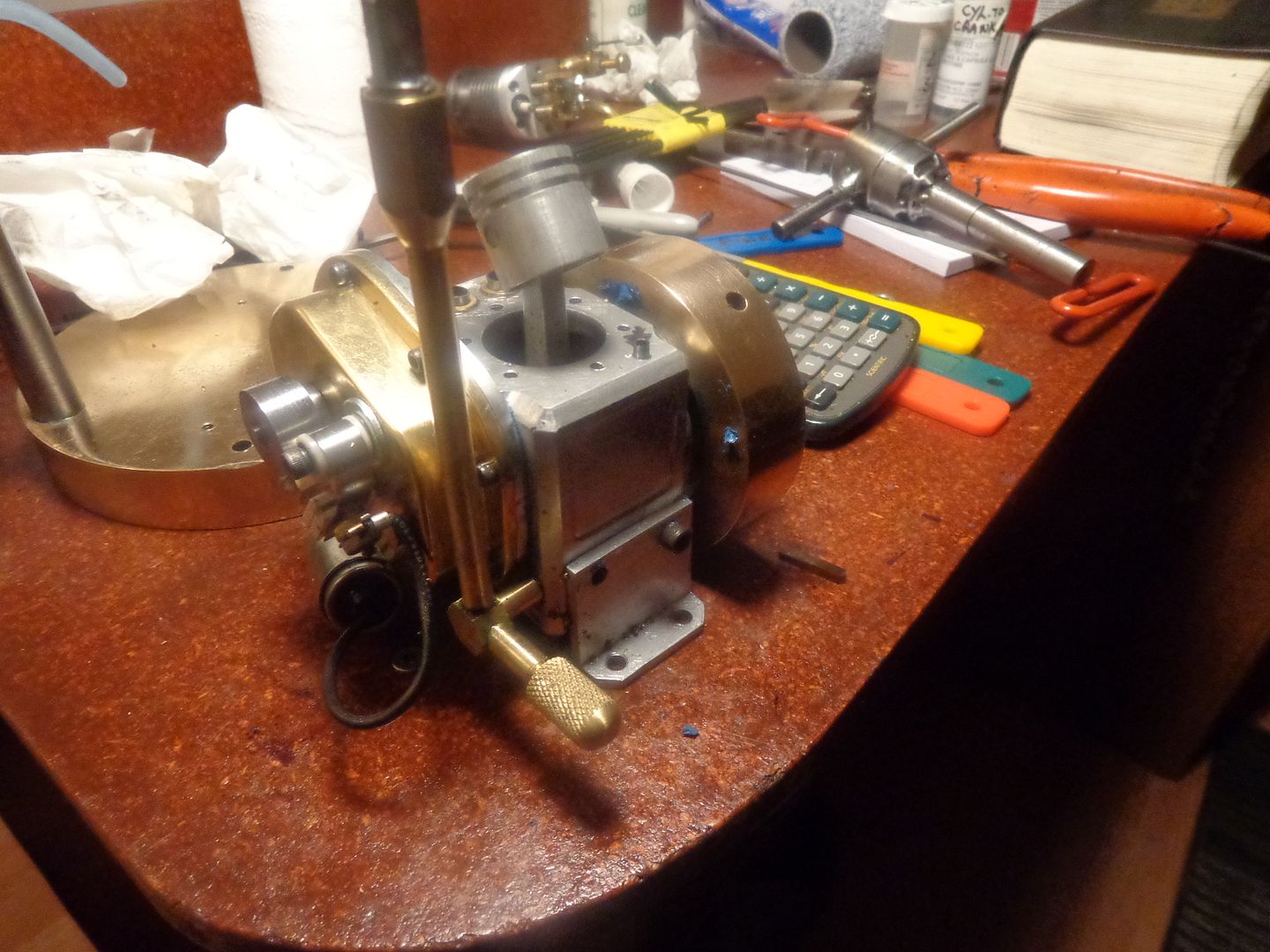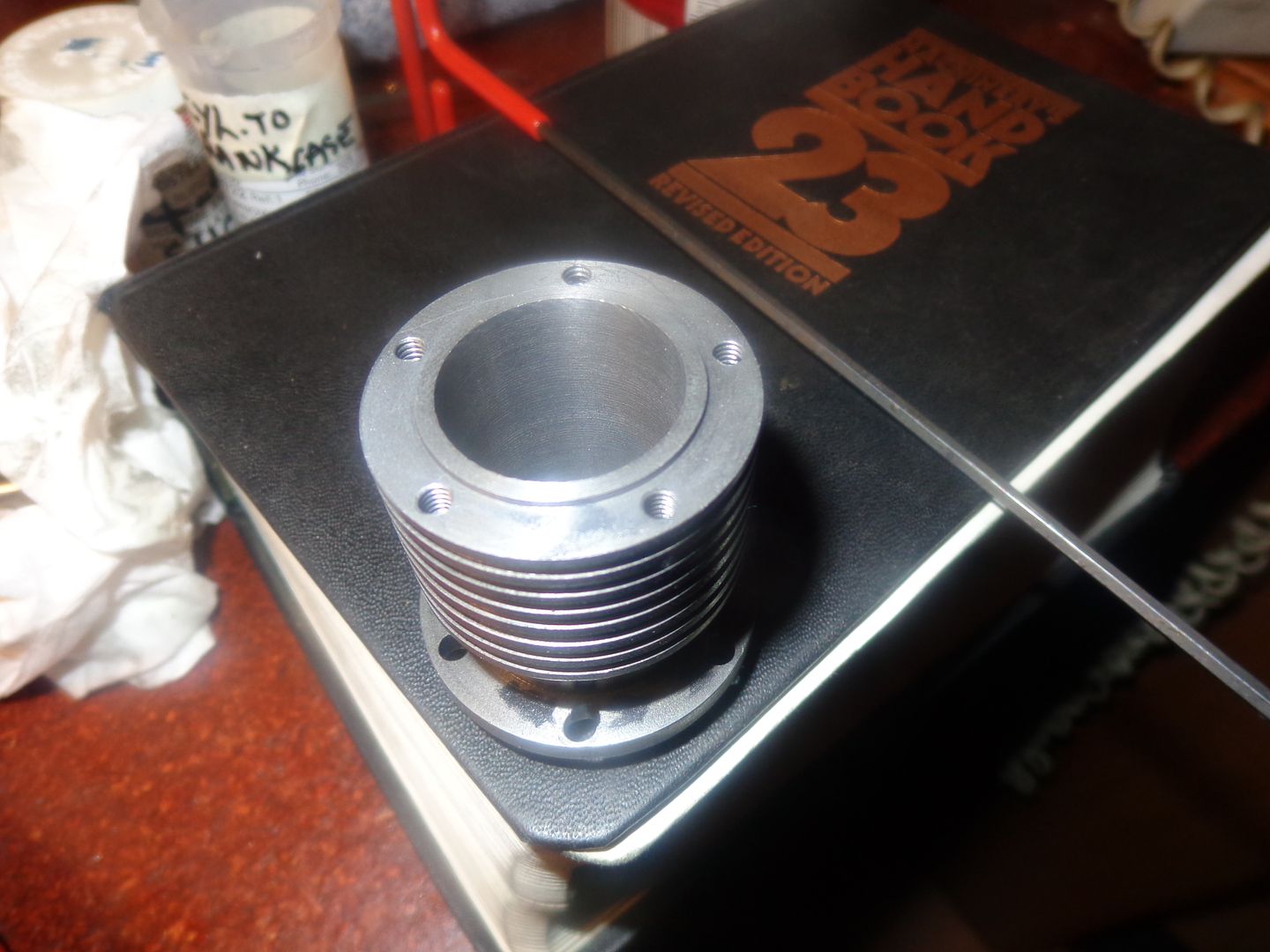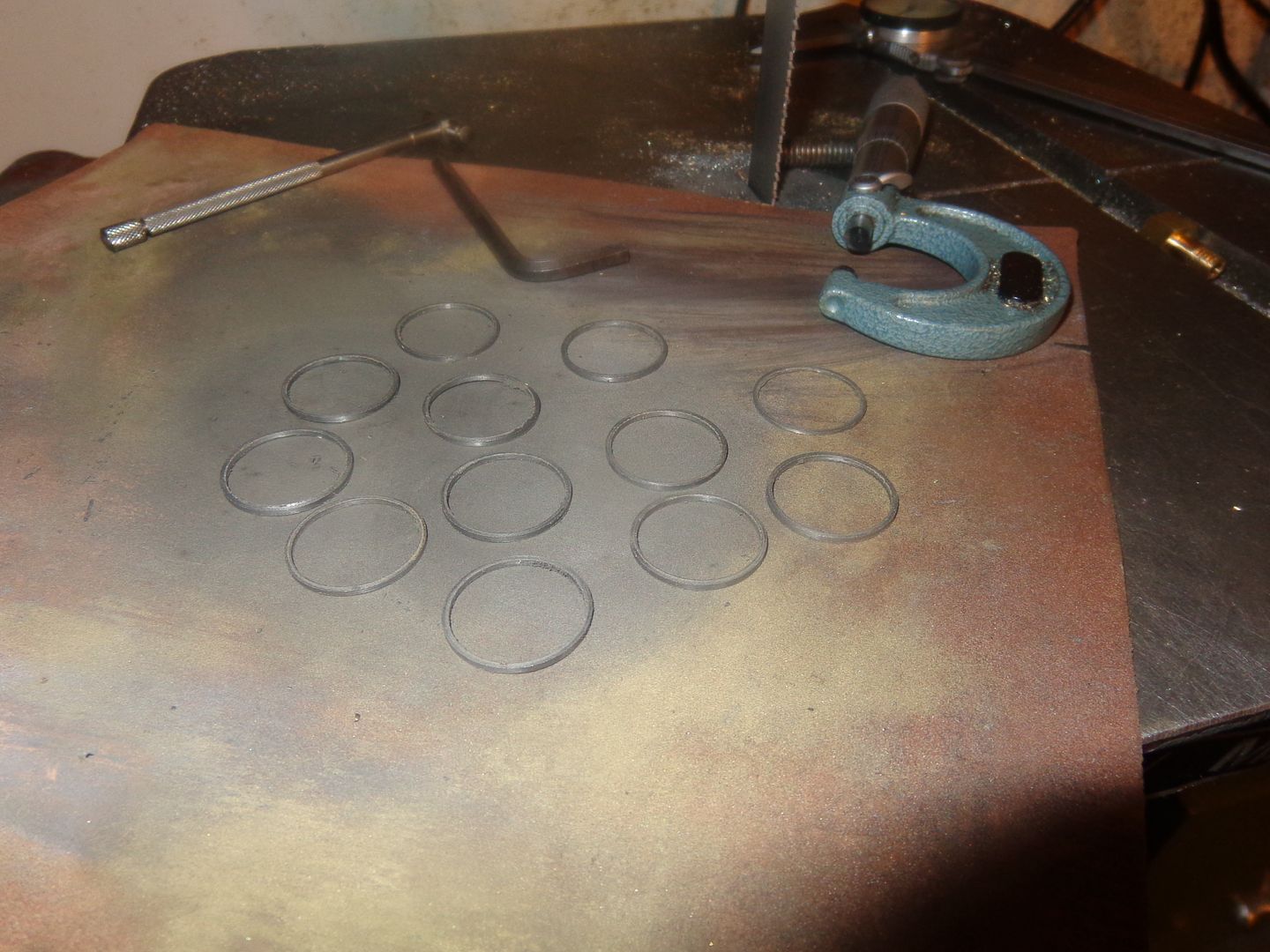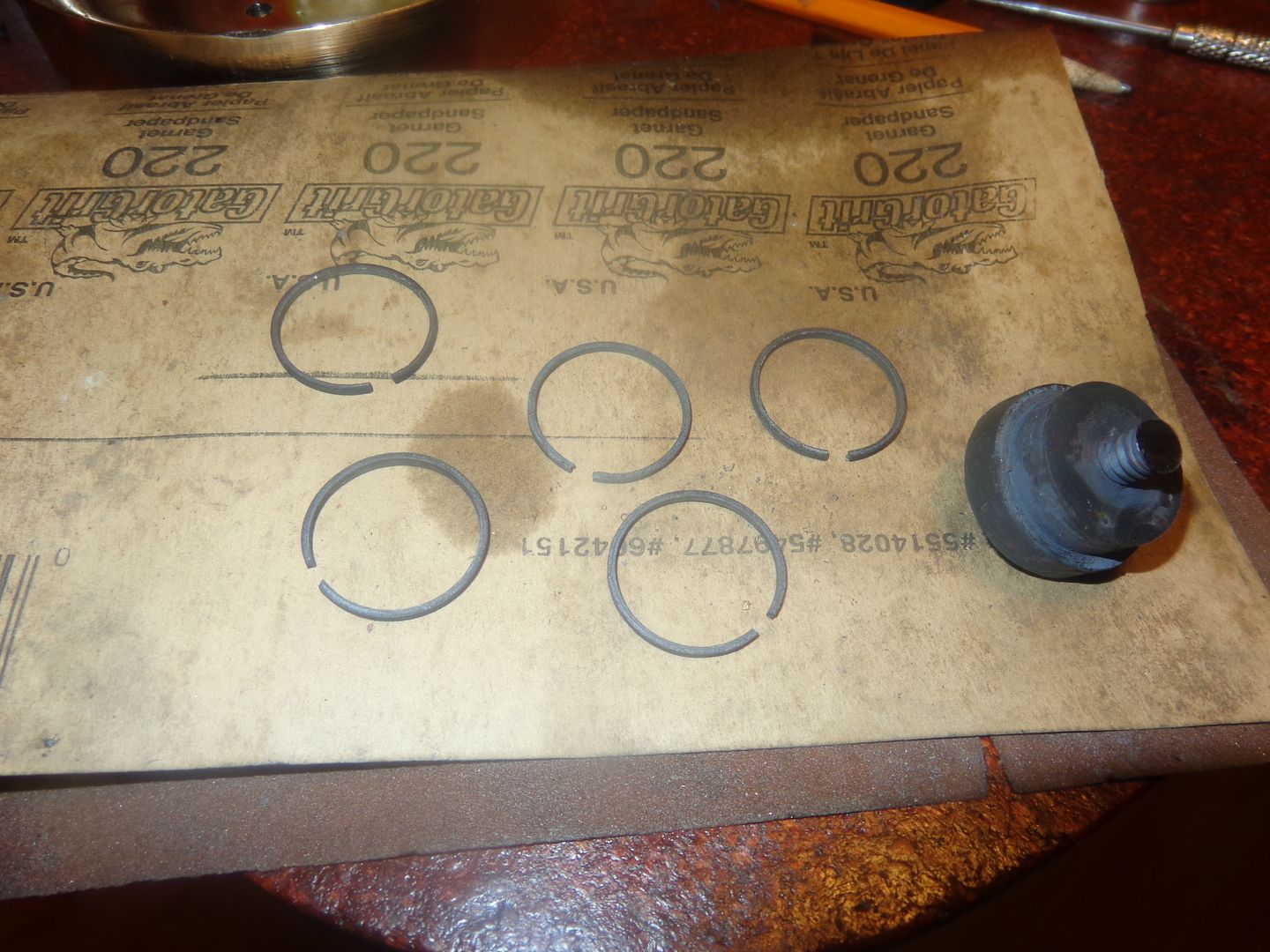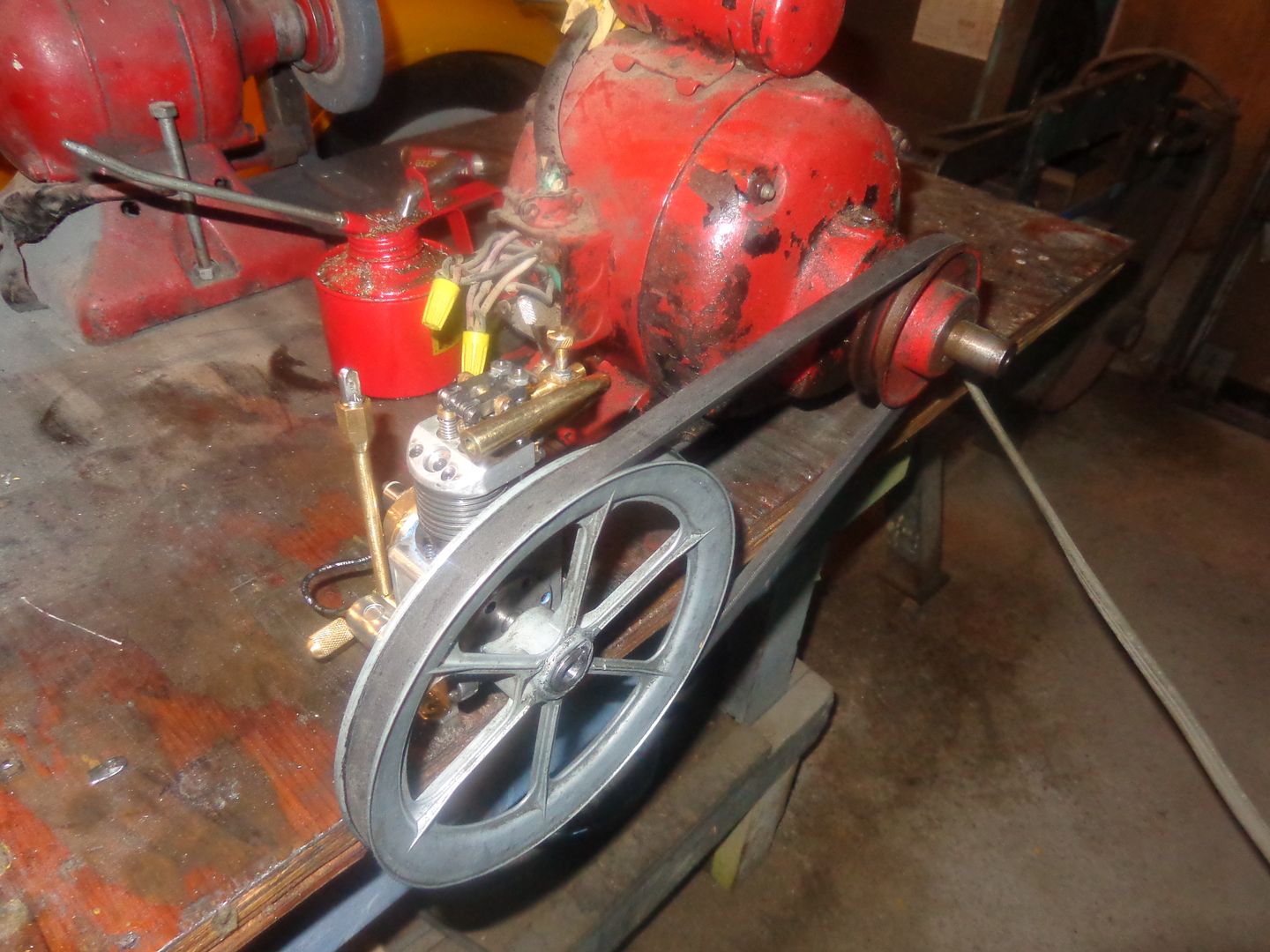Swifty
Well-Known Member
It's all looking great Brian, I think the benefit of breaking the rings on a taper is that they naturally want to crack on any weakness, giving the strongest rings possible. I don't have an oxy / acetylene set, I just used my Mapp torch to heat them up, I held the heat for about 5 - 6 minutes before I got tired of that, appeared to work well.
I had the same problem parting off as you did, the first ring cut on theoretical size was a bit too wide, so a minor adjustment fixed that. I recall reading on this forum somewhere, that a steel plate with a recess milled or turned to the correct thickness of the finished rings is a great way to hold the rings when rubbing on emery paper, you can't overshoot the size as the plate stops you. But we are only after a couple of rings, so the finger method is fine.
Paul.
I had the same problem parting off as you did, the first ring cut on theoretical size was a bit too wide, so a minor adjustment fixed that. I recall reading on this forum somewhere, that a steel plate with a recess milled or turned to the correct thickness of the finished rings is a great way to hold the rings when rubbing on emery paper, you can't overshoot the size as the plate stops you. But we are only after a couple of rings, so the finger method is fine.
Paul.





